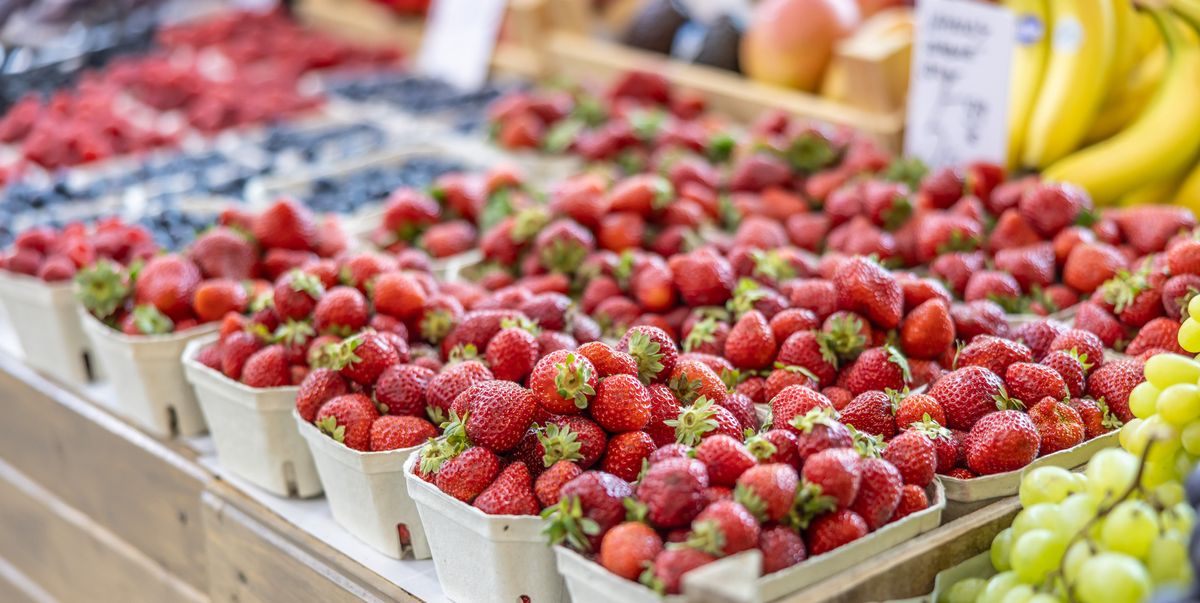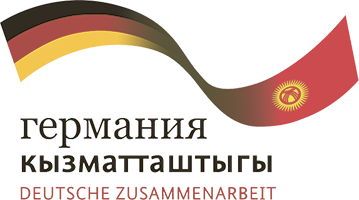Fruit and berries VC

Description
The potential of Kyrgyzstan in the area of fruit and berry production has just started to be utilized. Actually, about 53,000 ha are under these perennial crops (2022).
Main fruit crops are apples (26,500 ha), apricots (12,900 ha), cherries (3,800 ha), plums (2,300 ha), and pears (2,200 ha). On smaller areas also peaches (900 ha), persimmons (500 ha), pomegranates (250 ha), and quinces (250 ha) are cultivated. The rest are other perennial crops. For some of these, actually less important crops, import substitution can be anticipated. For the main fruit crops, however, the perspective on export markets is essential for further expansion.
Berries occupy about 3,000 ha with strawberries as the most widespread one with 1,300 ha, raspberries with 1,000 ha, currants with 600 ha, and others with 100 ha. At present, berries are mainly produced for the local market. Yet, export of fresh berries increased in the last years to an export volume of 3,900 t, mainly to Kazakhstan and Russia. Expansion of berry production has to rely on this export market, whereas China might become a larger client.

Current situation and problems
The low yields, resource productivity and profitability of fruit and berries production (with few exceptions) for Kyrgyz farmers has a number of reasons. The major ones are:
- Fruit and berries are well compatible with a smallholder production structure for labor availability reasons (labor-intensive crops). However, smallholder production structure makes it more difficult to:
- satisfy farmer needs with respect to supplying inputs, credit and services;
- bring each individual farmer on a satisfying level of knowledge and skills concerning agronomic practices as well as concerning market information;
- meet market requirements for large lots of the same quality.
There are insufficient self-help organizations or companies who can provide required farm services to make up for the disadvantages of a smallholder farm structure. The resulting lack of professional marketing infrastructure for collecting, bulking, and conditioning fruit and berries, including cold stores, with good and stable links to export markets, entails insufficient incentives for farmers to extend production. Therefore, post-harvest losses are high.
- Another drastic shortcoming is that in Kyrgyzstan there are no professional nurseries offering quality saplings. Neither are they able to utilize international progress in breeding in view of disease-resistant rootstocks and fruit varieties demanded by the market. The actual import and quarantine practices in Kyrgyzstan allow e.g. the import of the fire blight disease, which is spreading more and more in apple orchards.
How the project assists the value chains
Similar to vegetables, fruit and berry VCs have a high potential for the creation of income and jobs. However, as perennial crops they need bigger investments for establishing the orchards. Fruit trees start fruiting earliest after three years, reaching full production capacity after six to ten years. Berries can produce already after one year, reaching full production after two to three years. Commercial fruit and berry growers necessarily require good marketing channels with respective infrastructure.
The art of growing fruit is to ensure agronomically that each year a minimum quantity of fruits of required quality can be delivered to retain the buyers in the long-term and thus to develop a sustainable and reliable marketing channel. Storage of fruits play an important role as fruit prices are low right after harvest and increase during off-season. Fruit orchards need annual care operations that define yields and quality, for which a specialized advisory service, possibly also a professional pruning service, is required.
Berries have a shorter life span than fruit orchards. For larger berry plantations, a first processing or conservation step is required after harvest to market those parts of the production that cannot be sold on the fresh market. Storage is equally important for berries as for fruit.





